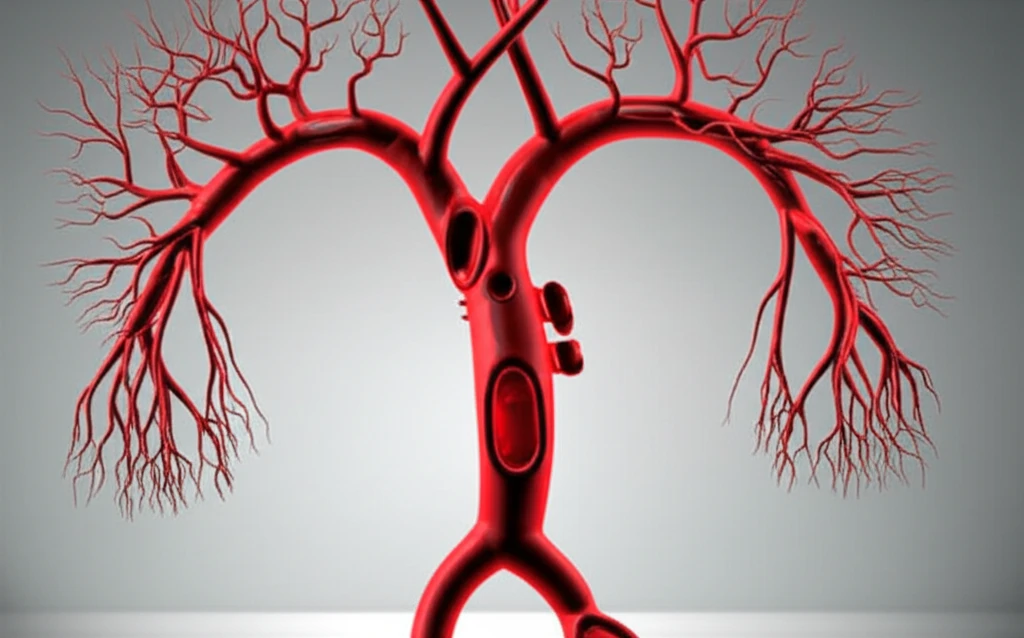
Total Aortic Arch Replacement: Is This Surgery Right for You?
"A deep dive into a 15-year study on 1000+ patients undergoing total arch replacement (TAR) using a 4-branched graft with antegrade cerebral perfusion (ACP) to weigh the benefits, risks, and recovery insights."
The aortic arch, responsible for distributing blood from the heart to the brain and the rest of the body, can be vulnerable to life-threatening conditions like aneurysms and dissections. When these problems arise, total arch replacement (TAR) becomes a critical surgical consideration. But what does this procedure entail, and what are the factors to consider?
For over a century, surgeons have sought reliable ways to repair or replace the aortic arch. The challenge lies in safely managing the vital brachiocephalic branches that stem from the arch. A significant advancement in this area is the use of a 4-branched graft combined with antegrade cerebral perfusion (ACP). This technique aims to maintain blood flow to the brain throughout the procedure, reducing the risk of neurological complications.
This article explores TAR using a 4-branched graft with ACP, drawing on the findings of a 15-year study involving over 1000 patients. We'll delve into the procedure itself, analyze the outcomes, and discuss who might benefit most from this approach, especially in light of evolving, less invasive options.
Understanding the 4-Branched Graft TAR Procedure

The 4-branched graft technique represents a significant evolution in aortic arch surgery. Historically, surgeons faced the complex task of reconstructing the arteries branching off the aortic arch. Earlier methods, like the "island technique," were employed, where the openings for these arteries were patched together. However, the 4-branched graft offers a more direct and potentially safer solution.
- Reduced Neurological Risk: ACP helps protect the brain during circulatory arrest.
- Direct Reconstruction: The 4-branched graft allows for direct and secure connections to the arch vessels.
- Established Technique: TAR with a 4-branched graft has become a standard surgical procedure in many centers.
Is TAR the Right Choice in the Era of TEVAR?
While TAR with a 4-branched graft remains a viable option, especially for complex aortic arch pathologies, the rise of thoracic endovascular aortic repair (TEVAR) presents a significant alternative. TEVAR, a less invasive procedure, involves deploying a stent graft within the aorta to reinforce the weakened section. However, TEVAR may not be suitable for all patients, particularly those with extensive arch involvement or connective tissue disorders.
The decision between TAR and TEVAR requires careful consideration of the patient's overall health, the specific characteristics of the aortic arch disease, and the surgeon's expertise. In the study, octogenarians undergoing TAR had a higher risk of mortality, suggesting that TEVAR might be a more appropriate option for this age group when anatomically feasible.
Ultimately, the future of aortic arch surgery lies in personalized approaches, combining the strengths of both open surgical techniques and endovascular interventions to achieve the best possible outcomes for each patient. Further research and technological advancements will continue to refine these strategies, improving the safety and efficacy of aortic arch repair.
